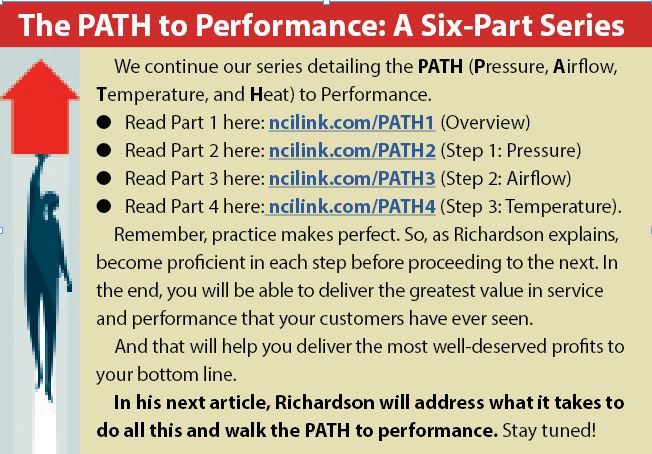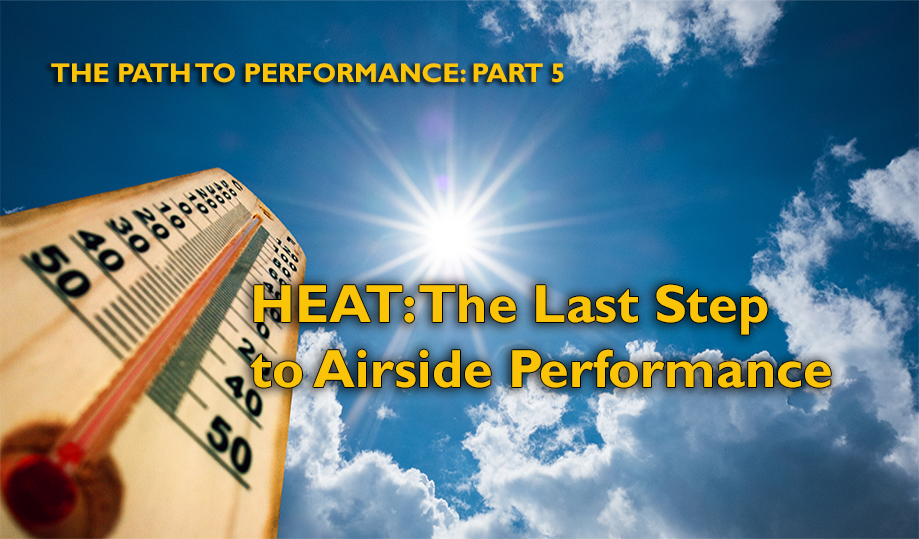This is the fifth in a series of articles by David Richardson discussing the PATH to Performance: Pressure, Airflow, Temperature, and Heat.
Heat is the last step on the PATH to performance. If you have put the previous steps of pressure, airflow, and temperature into practice, Btus are the result. They are an indicator of true installed HVAC system performance.
Measuring Btus is the key change our industry needs to make. It can move us beyond just selling and servicing equipment to becoming providers of personalized comfort solutions. Not only does this provide new opportunities to better serve your customers, but it also enables you to show that your work does what you promised.
As we look at this last step, I hope you see the potential for what it can do for your company and our industry.

Principles of Heat
Before you can measure Btus, it’s a good idea to review what they are and how we define them. A Btu is the amount of heat it takes to raise the temperature of one pound of water, one degree Fahrenheit.
The purpose of every piece of heating or cooling equipment is to deliver or remove Btus from the conditioned space of your customer’s home or office. Every equipment manufacturer provides detailed information about how many Btus their equipment can add (heating operation) or remove (cooling operation).
Three Types of Heat
There are three forms of heat to be aware of. They are sensible heat, latent heat, and total heat. In heating mode, you will typically measure sensible heat only. In cooling mode, you will account for all three forms.
Sensible heat is heat that you can feel. It causes the temperature to change. When a system adds sensible heat to the air, such as in heating mode, the temperature increases. When a system removes sensible heat from the air, such as in cooling mode, the temperature decreases.

Cooling systems also remove moisture from the air. As warm, moist air contacts the colder evaporator coil surface, moisture in the air condenses. It then runs into the drain pan where it flows down the condensate drain. The moisture removal is latent heat, and it causes no change in temperature.
Since a cooling system removes both sensible heat (temperature change) and latent heat (change in moisture), you need to account for both. Total heat is a combination of the two and how manufacturers rate cooling equipment total capacity.
Apply the Btu Formulas
Of the three forms of heat, it’s easiest to measure and calculate only two of them. They are sensible heat and total heat. Each of their corresponding formulas uses airflow and temperatures from an operating system to determine delivered Btus. I recommend you start with sensible heat and then progress to total heat.
Click below for next page:













Recent Comments